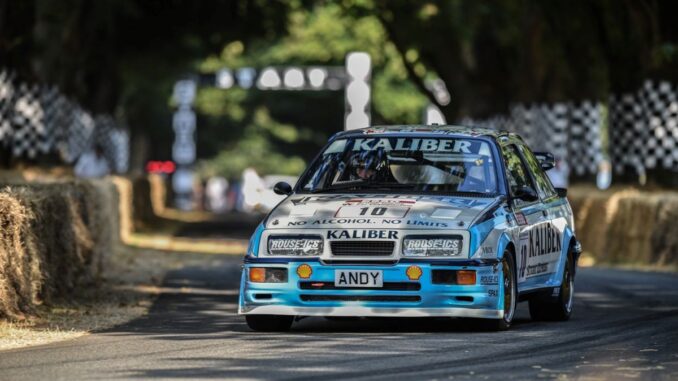
Renowned motoring journalist, award-winning author and racing driver Jeremy Walton has driven hundreds of performance cars over the last 50 year or so, and Fords have featured perhaps more than most, being a marque that is close to his heart. Walton was around when the first fast Fords came on the scene in the early 1960s and has driven almost every significant performance Ford derivative ever since, many of which came straight from Ford’s competitions department.
You name them, Walton has driven them, from Cortinas to Capris, Escorts and Sierras, as well as some iconic GT40s and extraordinary Transit Supervans. And more recently, he has driven the Mondeo, Focus and Fiesta, which was sadly discontinued last summer.
Given his extraordinary expertise and experience, Walton uses his trade-mark colourful writing style to put you, the reader in the driving seat for a rollercoaster account of some exciting rides in his new book.
As well as writing 37 motoring books, Walton has also written one racing-themed novel since his career as a motoring journalist and competition driver started back in 1967. For many years he worked at Motoring News and Motor Sport, before more recently working as a freelance journalist, usually on stories to do with Ford.
In the 1970s he worked for Ford both in Britain and Germany and raced Escort, Capri, Fiesta and Sierra Cosworth derivatives until 2000. Between 1967 and 2019 Walton has driven a wide range of cars, from the Fiesta and GT40, to V8 ‘Supervans’ and America’s Mustangs and Thunderbirds, all for his roles in print media and TV advertising.
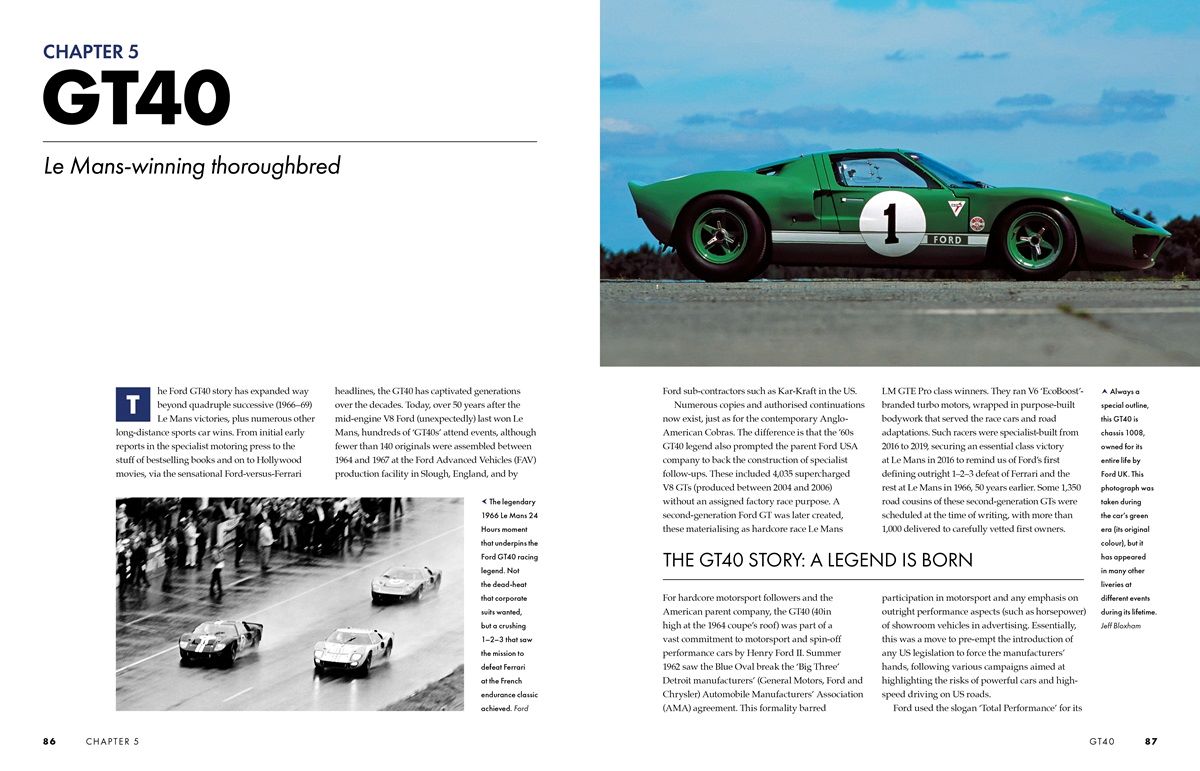
However, Walton’s experience at Ford was not altogether a positive one, as he recalls:
“One reason is that my full-time period at Ford, albeit a massively rewarding professional boost, was largely a negative personal experience that even left a long-term health legacy.”
Adding:
“Another negative as a Ford employee was the 1973-74 fuel crisis: the fuel shortages saw Ford withdraw European factory entries from motorsport in a blink, and many events were cancelled anyway. When following the 2,000-mile RAC Rally route in 1973, we were allowed only three gallons of fuel per stop, this in an uprated Capri RS3100 pre-production weapon with four occupants.
“The combined efforts of that fuel crisis and stress (childhood asthma returned and resulted in some miserable sick-note days) prompted me to leave a fat salary and good career prospects at the prospering Good Ship Ford. My wife and kids had settled into Essex life better than I had. Yet, I was supremely lucky in that some key Ford of Britain people stayed in touch after I took the door marked ‘EXIT’. Thus, I got an assortment of freelance/consultancy opportunities that would never have come way if I hadn’t served my time as an employee.”
In the opening chapter of the book, Walton talks about how Ford became a part of his working life and prompted him to write this book.
Chapter 2 focuses on the Ford Anglia, which became Ford’s first UK million seller. Built between 1959-67, this was the fourth British mass-production Ford to use the Anglia badge, with over a million built at Dagenham and Halewood. And of course, Harry Potter fans will no doubt recall the 1960 Anglia 105E that appeared in Harry Potter and the Chamber of Secrets.
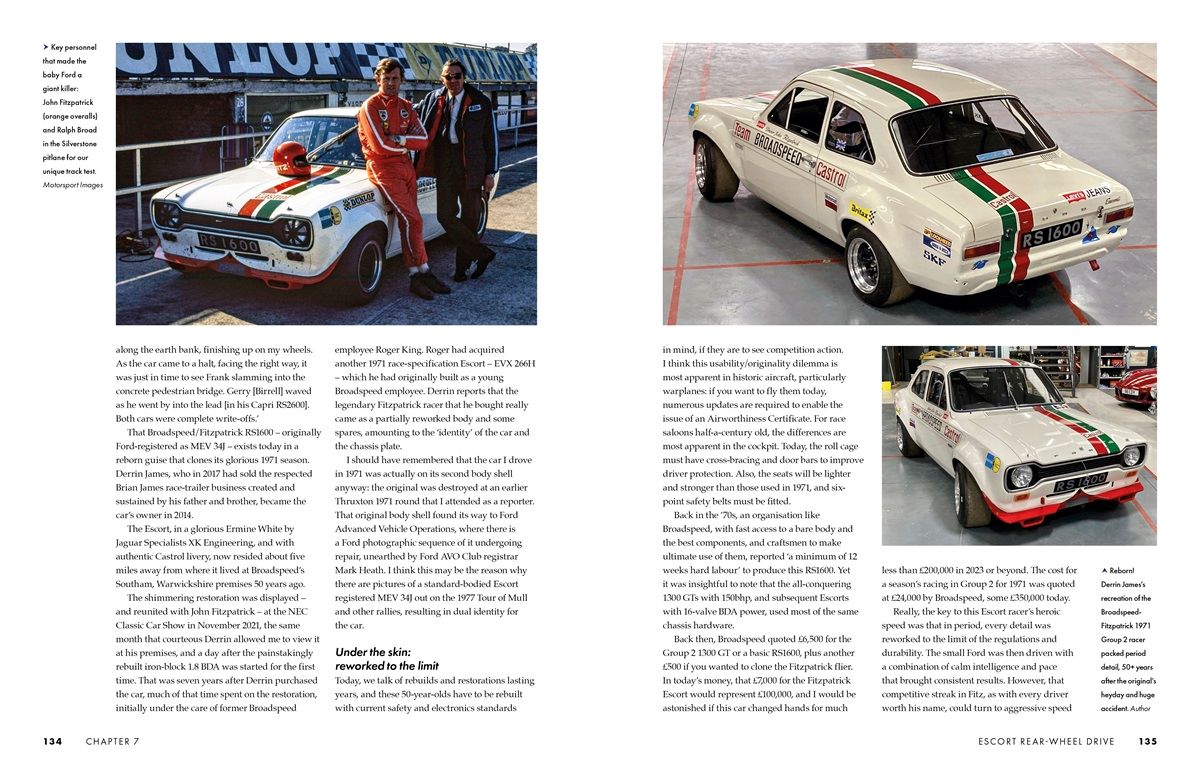
So, what happened the Anglias used in the film?
“Famously, one fully running car got pinched during filming and was subsequently found in a castle (not a Potter edifice). Singer Liam Payne from the internationally successful music group One Direction bought another Potter filming Anglia and apparently paid ‘a six-figure sum’ for it. You can be sure there are numerous Potter Anglia clones around today, just as there are so many examples of Only Fools and Horses Reliant three-wheelers and classic James Bond Astons. Speaking of Bond, there were also James Bond film appearances for the Anglia back in the day. The 1963 Sean Connery epic Doctor No has a green example as the static backdrop for the murder of a lead character, and an Anglia also appears in background airport and hotel shots in both Doctor No and Thunderball.”
Chapter 3 is dedicated to the Cortina, a sixties motorsport winner and Britain’s best-seller for 20 years. In production between 1962 to 1982, Cortinas proved to be reliable thanks to their simple but rugged and durable components. The chapter goes into all the different varieties that were produced, from the ex-Jim Clark British Saloon Car Championship winner to Walton’s later BRM-tuned Cortina Lotus, as well as three Uren-modified Savage V6 legends.
American Hearts are the theme of chapter 4, which looks at homeland-built performance Fords and covers the road and race cars Walton has driven, from the Mustang Mach 1 and 2015 Mustang 5.0GT to the Falcon Sprint V8, 1965 Mustang 289 and NASCAR Thunderbird.
Chapter 5 is dedicated to the iconic Ford GT40, the Le Mans-winning thoroughbred, and covers Walton’s driving experiences of two factory-owned examples, a pair of modern tributes and a privately owned example in Gulf colours, and opens the chapter by saying:
“The Ford GT40 story has expanded way beyond quadruple successive (1966–69) Le Mans victories, plus numerous other long-distance sports car wins. From initial early reports in the specialist motoring press to the stuff of bestselling books and on to Hollywood movies, via the sensational Ford-versus-Ferrari headlines, the GT40 has captivated generations over the decades. Today, over 50 years after the mid-engine V8 Ford (unexpectedly) last won Le Mans, hundreds of ‘GT40s’ attend events, although fewer than 140 originals were assembled between 1964 and 1967 at the Ford Advanced Vehicles (FAV) production facility in Slough, England, and by Ford sub-contractors such as Kar-Kraft in the US.”
From cars to vans, as chapter 6 turns its attention to Supervans, when in March 1965, Ford started the white van revolution with the Ford Transit. Here, Walton looks at three generations of ridiculously fast Transits powered by both GT40 and Cosworth V8 engines.
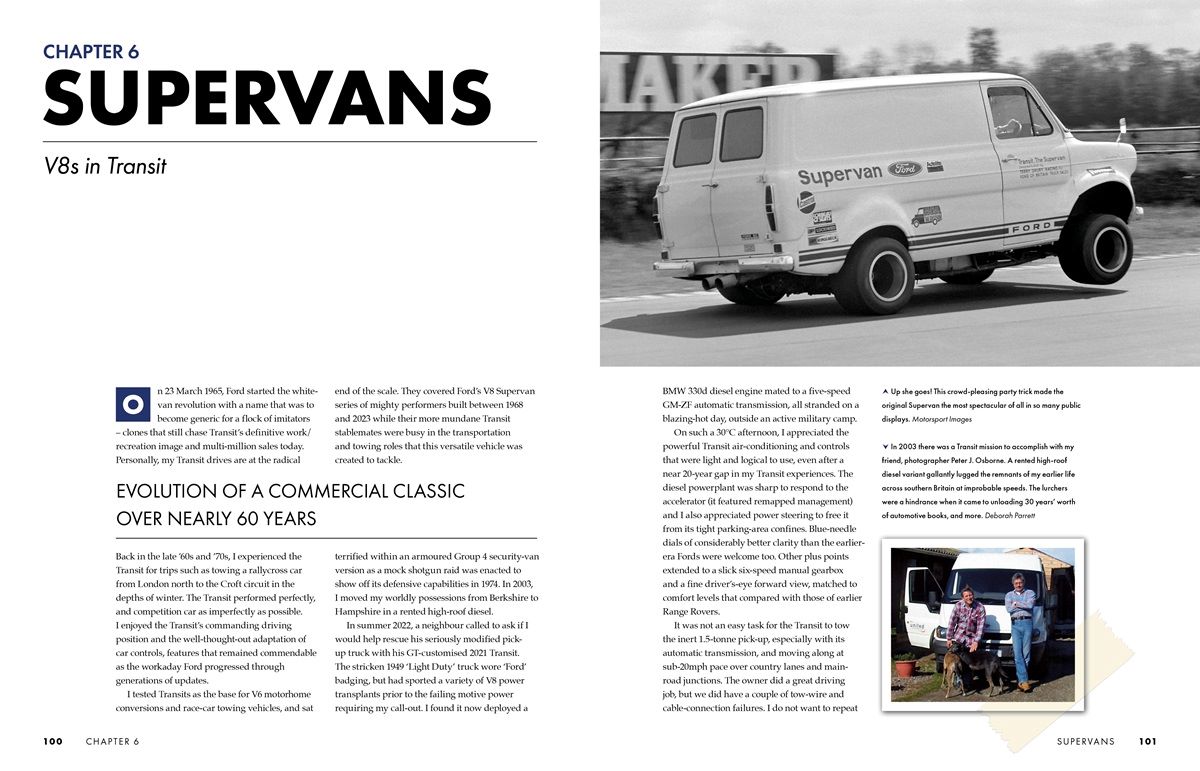
The bestseller and motorsport legend rear-wheel drive Escort is the focus of chapter 7, where for decades, Walton wrote in depth about the first two rear-drive Escorts that were in production between 1968 to 1980 and Ford’s replacement for the Anglia. The chapter takes an in depth look at numerous competition versions, including internationally celebrated RS1600s raced by John Fitzpatrick and rallied by Timo Mäkinen.
Ford’s sporting two-door coupé in the form of the Capri arrived in Britain in January 1969, and in chapter 8 Walton explores all the generations tested and raced, including the unique story of a 3-litre version driven by Royalty and a triple World Champion along with stories from the British Touring Car Championship, infamous ‘celebrity’ events and Belgium’s classic Spa 24 Hours.
Chapter 9 looks at the history of the Fiesta and Ford’s late entry into the market with their first transverse engine front-wheel-drive car. The car however, proved to be extremely successful and Ford ended up producing seven generations of the Fiesta.
The front-wheel drive Escort was produced from 1980 to 2002 and covered four generations of the car. Chapter 10 covers Walton’s racing experiences, Princess Diana’s immensely valuable Escort RS, plus a trio of wild rides in 550bhp turbocharged four-wheel-drive rallycross versions, as well as setting records for electronically timed 0-60mph sprints.
Manufactured between 1982 and 1993, the Sierra came in many versions and you either loved or loathed its aerodynamic shape. In chapter 11 Walton looks at the Sierra XR4i and XR4x4 as well as Cosworth and RS500 versions, including extensive racing, plus a winning factory World Rally Championship RS and the inevitable stolen road-test Cosworth RS.
The RS200 stands out from the production-based Fords over the years, much like the GT40 and hand-built GT70. It was built to return Ford of Europe to the front ranks of international rallying during the brief Group B era. Chapter 12 looks at the usual Ford Motorsport hurdles in terms of manufacturing this unique car.
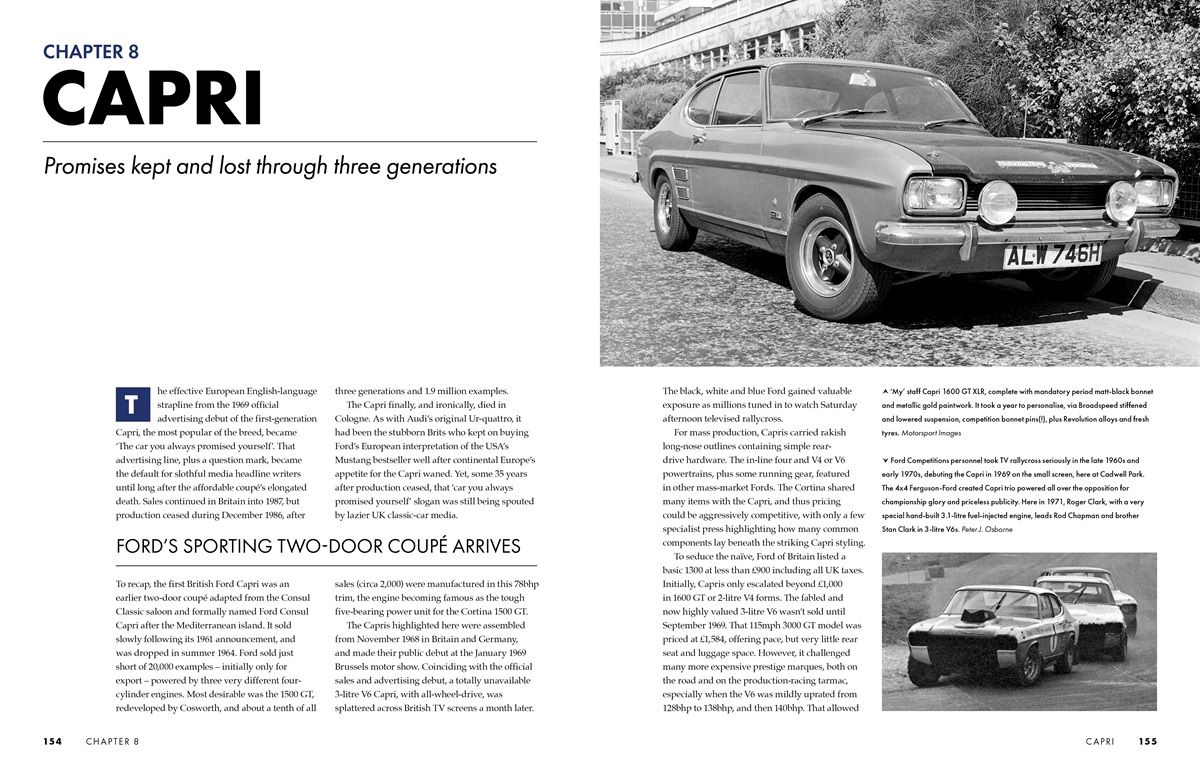
Chapter 13 features the Sierra RS Cosworth where Walton says that “the development of a ‘Super Sierra’ was never a secret; indeed, it was a keenly anticipated performance Ford, especially amongst the motorsport fraternity. It seemed to take an age to materialise, because of that ‘open secret’ approach. Because there was such an obvious gap in Ford of Europe’s saloon car racing armoury, the company deliberately leaked hints of a Sierra to the media, dealers and hardcore motorsport personnel. Initially, some speculated that the Sierra XR4i or XR4Ti could do the job, or even South Africa’s XR8, a (very) limited-production Sierra featuring a 5-litre V8 heart.”
Chapter 14 looks at the Escort RS Cosworth, the last Ford homologation special and the “last of the truly leading-edge European showroom performance/competition Fords, and the final creative gasp of Ford of Britain’s insular Boreham-based clique, the Escort RS Cosworth was packed with World Rally Championship technology. The turbocharged YB-series engine and 4×4 transmission, coupled to Group A-only seven speed gearbox, owed most to the painstakingly developed and highly effective Sierra RS Cosworth hardware, albeit tightly packaged in handier and more promotable Escort panels. The Sierra had become production history when the 1993 Mondeo line appeared, bidding for world domination, leaving the Escort as Ford’s RS Cosworth successor.”
In chapter 15 Walton talks about the Mondeo, which was a car for the world, as he puts it and “was a much more capable and safer car that its mass-market predecessors, right across the model range, achieving a fine balance of handling, ride and steering.”
Chapter 16 looks at the Ford Focus ST and RS which may very well be the last mass-market fossil-fuel performance Fords, while in the final chapter Walton takes a look at all types of road and competition cars that have been and are powered by Ford engines, from the AC Cobra, Marcos and TVRs to Lotus Elans and Morgans.
If you are a Ford enthusiast or just love some of the performance cars Ford have produced over the years, then this is most certainly a book you should have on your shelf at home for some good old fashioned enjoyment, entertainment and nostalgia.
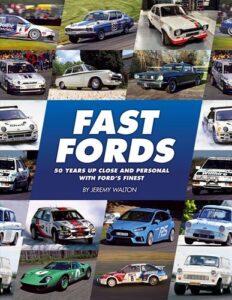
Publication date: 29th February 2024
UK price: £60.00
ISBN: 978-1-910505-83-0
Format: 270x210mm, hardback
Page extent: 408. Illustration: 300 photographs
Fast Fords: 50 Years Up Close and Personal with Ford’s Finest
By Jeremy Walton
Published by Evro Publishing
For more information and to purchase your own copy of the book, please visit the Evro Publishing website. It is also available at Amazon and WH Smith.
Author Bio:
Simon Burrell is Editor of Our Man Behind The Wheel, a member of The Guild of Motoring Writers, professional photographer and former saloon car racing driver.
Images courtesy of Evro Publishing / Andy Rouse Ford Sierra RS500 Cosworth photo by Gary Harman

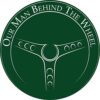
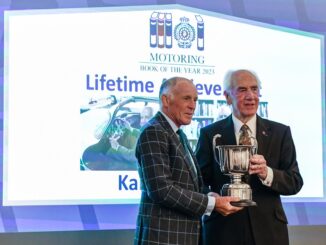
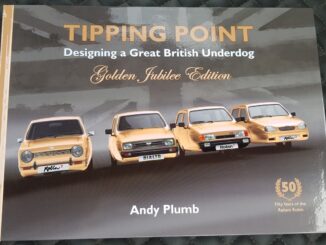
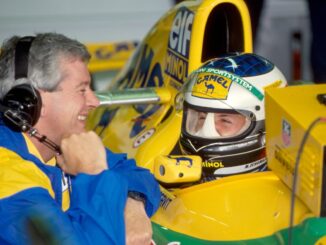
Thank you for such an extensive review. Appreciated. JW